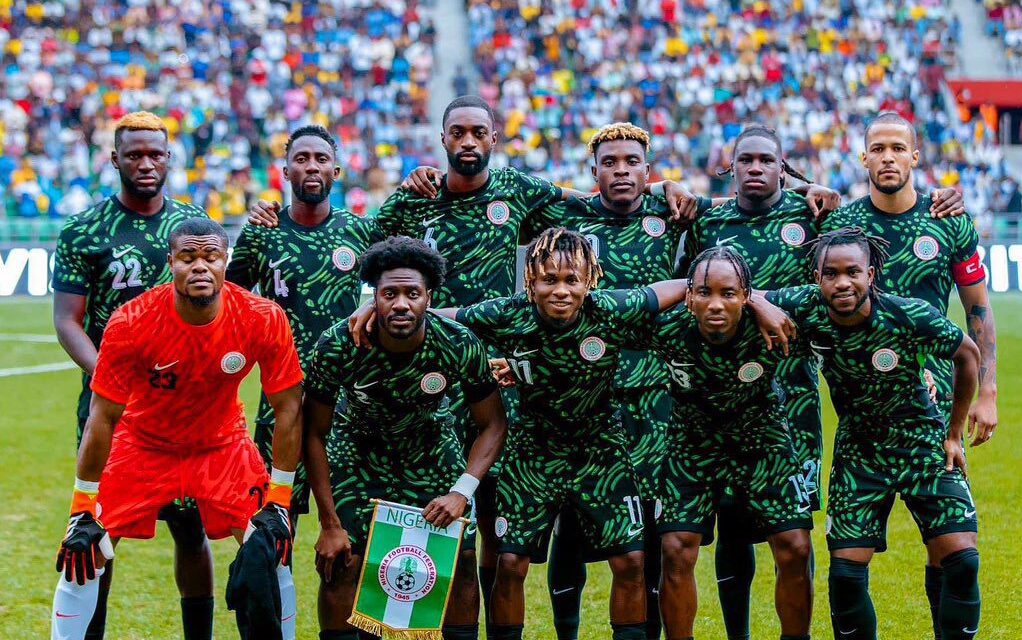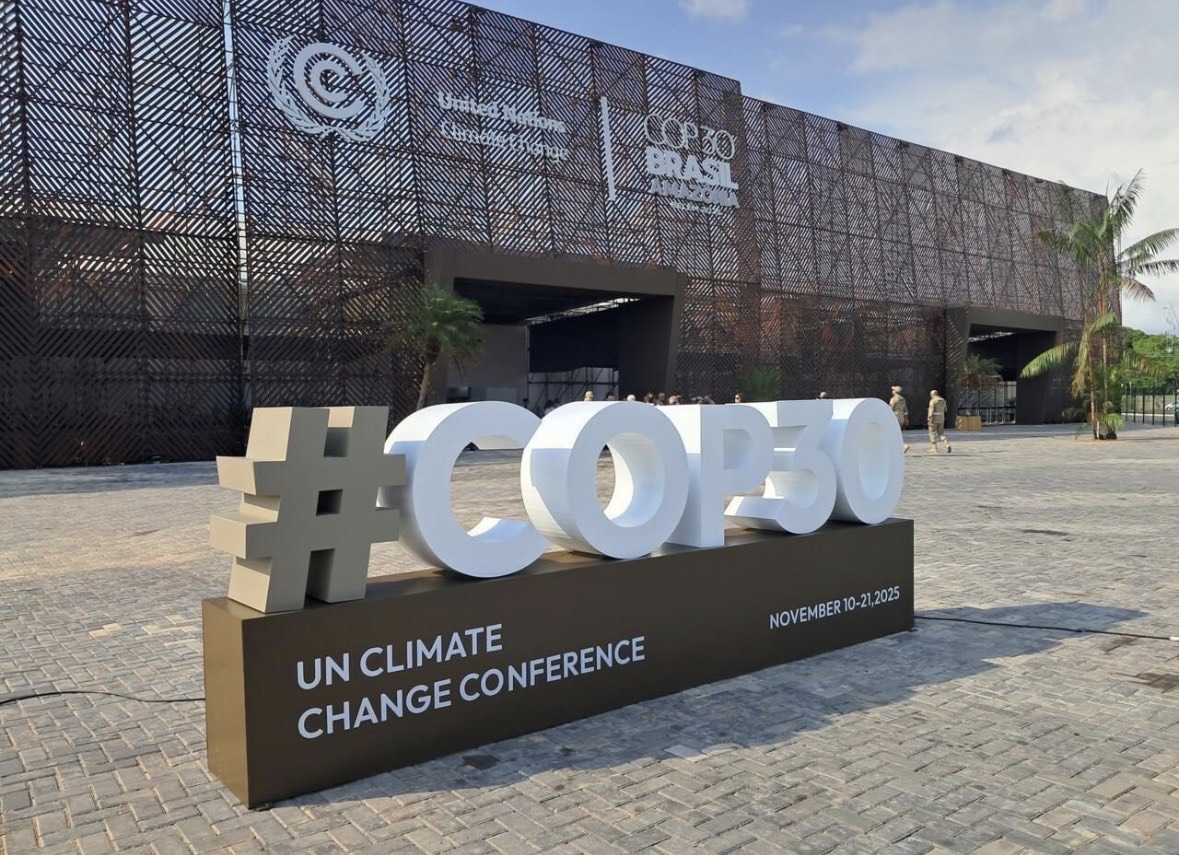A better solution to the power problem is adoption of city-by-city steady power commitment, argues
RANSOME OWAN
The views expressed herein are mine alone as a 45-year power sector expert since 1980. In addition, I have been the pioneer Chairman and CEO of the Nigerian Electricity Regulatory Commission (NERC), Chairman of the Disco Buyers Roundtable, Chairman of the Genco Buyers Group and the Chairman of the Board of Port Harcourt Electricity Distribution Company. I remain an active member of the Nigerian power sector for 20 years since 2005. The principal focus of this contribution is the advocacy for steady electricity supply for State Capitals and the Federal Capital Territory (FCT) by 2030. The 5-year goal is clear and measurable. It is also a good fit for the states to define early success by making their priority to provide steady lights for their capitals.
The Nigerian power problem is complex, multi-dimensional and difficult to solve because it is a “wicked problem.” The paucity of power is behind the sector reforms. However, the goal of uninterrupted electricity supply as a national objective has remained elusive for 65 years since independence in 1960. The burning question on the minds of many is when will Nigeria have uninterrupted power?
This contribution is designed to give an answer to the puzzle of steady power in our great country. Since the advent of deregulation in 2005 and the privatization of the sector in 2013, the electricity supply industry has struggled to implement solutions with less than stellar outcomes. As a result, the nation continues to be mired in power outages, inadequate power generation, unstable networks, lack of liquidity, deficiency of meters and financially struggling electricity distribution companies (DISCOs). The reality of poor sector performance has left the public with no choice but to disparage privatization with palpable disquiet among electricity customers.
A wicked problem is a “term of act” that is associated with intractable problems that tend to defy easy solutions. Wikipedia, the online reference platform makes refence to a wicked problem as “…a problem that is difficult or impossible to solve because of incomplete, contradictory, and changing requirements that are often difficult to recognize…”wicked” does not indicate evil, but rather resistance to resolution….” Rittel and Webber also viewed wicked problems as problems with many interdependent factors, solutions are not true or false, only good or bad and “every trial counts.” Furthermore, the problem has many stakeholders often with competing goals, consensus is difficult, there are no quick fixes, every solution impacts the entire ecosystem, solutions are expensive, …. making universal solutions difficult to achieve. I therefore make bold to say that our Nigerian power problem fits the characterization herein presented.
The earnest journey of privatization is 20 years old, from 2005 to 2025 with mixed results. The nation should take a cue to avoid continuing with darkness as a way of life for another 20 years. The country did well when it took bold steps from 1999 to 2025 and reformed the power sector, driven principally by the desire to improve electricity supply efficiencies and adequate power generation. The power sector was decoupled or unbundled. And the electricity supply monopoly of the National Electric Power Authority (NEPA) was broken. New market players and managers entered generation and distribution of electricity while transmission remained a Federal Government responsibility. There are also many stakeholders in the power sector of the country, namely: the Ministry of Power, the National Assembly, the Nigerian Electricity Regulatory Commission (NERC), the Central Bank, the World Bank, the Rural Electrification Agency, Siemens Power Project, Presidential Power Initiative, Gencos, Discos, TCN, Independent System Operator, Nigerian Bulk Electricity Trader (NBET), Energy Commission of Nigeria, the Niger Power Holding Company, Nigerian Governors Forum, and the National Economic Council, Electricity Unions, customers, the National Assembly, the State Governments, and the Presidency and others
The National Assembly passed the first Electric Power Sector Reform Act in March 2005 as Reform 1.0 and the Act of 2023 as Reform 2.0. In the beginning of NERC, the pioneer commissioners had to deal with managing change and laying the foundation to give succor to investors. That tradition continued with subsequent NERC regimes that have achieved regulatory stability. The enactment of the Power Reform Act 2023 means that the national power malaise has been divided into 37 portions along state boundaries. Therefore, the focus has shifted from seeking national power solutions to state level interventions.
In retrospect, Reform 1.0 first created NERC and birthed the Power Holding Company of Nigeria (PHCN). NERC vision remains on the provision of an enabling environment for the nation to enjoy safe, adequate, reliable and affordable electricity through promulgated rules and regulations. Furthermore, PHCN was changed and incorporated into limited liability companies under a 11-6-1 model comprised of eleven power distribution companies or Discos, six power generation companies or Gencos, and a single Transmission Company of Nigeria or TCN (one Disco sale failed). The Bureau of Public Enterprises (BPE) subsequently steered the tender process that privatized (a mix of outright sale and concession agreements) Discos and Gencos in November 2013, leaving TCN under federal government control.
The power sector Reform 2.0 conferred regulatory authority to States of the federation. It also permitted the unbundling of TCN by the creation of the Nigerian Independent System Operator (NISO).
The privatization of Discos had a unique bidding model that departed from the common technical and financial bidding process. In this regard, all Disco Bidders were “price takers” in economic terms, meaning that the Disco prices were non-negotiable. The government fixed both the sale prices and set the losses for the Discos. As a result, the Preferred Bidders were selected based on who tendered the highest reduction in Average Technical, Commercial and Collection (ATC&C) losses over five years. A vexing issue that arose from the onset was the inability of buyers to thoroughly conduct their due diligence on the assets for several reasons beyond this discussion. By inference, buyers bought the power problem and were handed“airplane black boxes” to analyze and fix the root problems of a beleaguered sector.
Although the power sector had become privatized in 2013 the government acted responsibly through “infant industry” support and paid labor severances and provisioned for the payment of PHCN legacy liabilities among other substantive financial and material support. The Central Bank, the World Bank and others also assisted the sector to improve performance. However, despite the regulatory reforms that gave birth to the Multi-Year Tariff Order (MYTO), encouraged independent power generation, eligible customers, and embedded power generation among other innovations, the power sector is still unattractive for new investment. It is weighed down by huge energy supply and metering gaps, high ATC&C losses, and power theft, to mention a few. The other culprits are the perennial power generation deficit and persistent inequality between the electricity supplied and the revenue collected from customers to pay other market participants in the electricity supply value chain of the nation.
Largely, NERC has safeguarded regulatory certainty, notwithstanding a few regulatory summersaults and interferences by the proverbial invisible hand. Successive NERC regimes have not cancelled the foundational regulations promulgated from 2005 but instead the scope of regulations has been expanded with innovations guided by the demands of the market (see www.nerc.org.ng). As a critical national institution, NERC is internationally well regarded as a beacon of good public rulemaking and acclaimed transparency. Although not yet successful, the government on its part has stayed the course with privatization and it should not reverse it. The power sector reform process is like building a bridge which must be completed for the benefits to be achieved.
Another question on the minds of many is has power sector privatization yielded the intended benefits? If not, what is the way forward? The 20-year report has fallen short of expectations. The global success formula of power sold is equal to revenue is not being met. After 20 years of experience in power sector reforms, an “ex post” review of progress should inform the powers that be to look back at what has happened and develop new methods to drive success in the power sector with a commonsense approach.
The fact is that the economy and every citizen are affected by epileptic power supply. Unfortunately, the electricity supply industry that owns generation, transmission and distribution or stakeholders cannot individually solve the problem. It requires collective and concerted effort by all parties/stakeholders previously mentioned. Among the sector multiple players are the following: NERC, 11 Discos, Aba Power, privatized and concessioned Gencos, TCN owned by FGN, Presidential Power Initiative, Siemens Energy Project, the Nigerian Governors Forum, the Energy Commission of Nigeria, Rural Electrification Agency, Niger Power Holding Company, the Systems Operator, Electricity Unions, customers, the National Assembly, the State Governments, and the Presidency and others. From the preceding, I am advocating that all the stakeholders should join hands with a unified power sector solution that is proven, clear, easy to understand and easy to measure.
I will not address all the multitude of problems and possible solutions that can be offered to solve the power problem. Instead, since a wicked problem solution choice is either better or worse. A worse solution is for the nation and the power sector to continue business as usual, and a better solution is to try something different. The better solution proposed is the adoption of city-by-city steady power commitment starting with providing steady power to 36 state capitals and the FCT by 2030. Now no one can dare predict when the nation will achieve steady power (a hallmark of a wicked problem). However, with the 2030 capital city power idea, the goal of realizing steady power for 37 major cities with more than half the population is clear and achievable. This approach is like the mobile phone market entry model where service rollouts starts in major cities such as Lagos, Abuja, Port Harcourt, Kano and Ibadan. Naturally, Discos will not freeze services to other customers. It will simply provide a power barometer for all to see progress since electricity must be produced and used in real time. One of the early visible results would be improved Disco cash flows and high transfer of payments from self-generators of electricity who would switch back to grid power once it is reliable. For most users, power generation is not their core business. To that end, and without fear of contradiction, when steady power happens, I predict that there will be open celebrations.
The principle of city-by-city electrification is tested and followed by all countries that have achieved steady power. Why not Nigeria. It is better to eat apples, birthday cakes or pizza slice by slice. This offers an opening to break from the past and deliver steady electricity first where more people are concentrated and that would be in the capital cities of our states and the FCT. It is assumed that 55% of the people reside in state capitals or over 98 million people nationwide. Therefore, it is a good target to plan and deliver steady power in the first instance.
The state capitals in each DISCO are discreet urban cities, and success can easily be measured. In addition, the Local Government Areas (LGAs) are also shown and make it numerically easy to partner with REA to electrify them with solar power or hybrid power solutions. If the focus is first on state capitals followed by LGAs, it would become possible to predict when Nigeria would substantially attain steady power. Until then, it is elusive and daring to envisage steady power soon and that should not continue.
The wicked problem of the power sector is also a systemic problem because it affects the entire economy. Therefore, all stakeholders are recommended to work together to solve the problem. By inference, all existing power support initiatives in the country should work in unison on providing capital cities steady power by 2030. It would be important to recognize that although the power sector has been liberalized for 20 years, there are still links between federal, state and organized private sector. It is only through a joint effort that the interest of all sector players would be adequately addressed.
The key success factors are close cooperation between all the parties, revenue/liquidity boost, customer enumeration, pay-as-you-go meters (Governors should consider investing in smart meters which are cheaper than transformers), power demand forecast, bilateral power contracts, rebalancing the networks, systems and feeder digitalization and data analytics. The challenges notwithstanding, the 37 capital cities steady power by 2030 as articulated herein is a better roadmap to achieving uninterrupted electricity supply in our great nation. It is a clear objective and well defined with a clear timeline of five years from 2026 to 2030. It might even be good for the nation to see some competitive tension about which city will be the first to have steady power. It is my submission that there will be celebrations for every city that attains steady power.
Dr. Owan is
Pioneer Chairman & CEO of NERC




